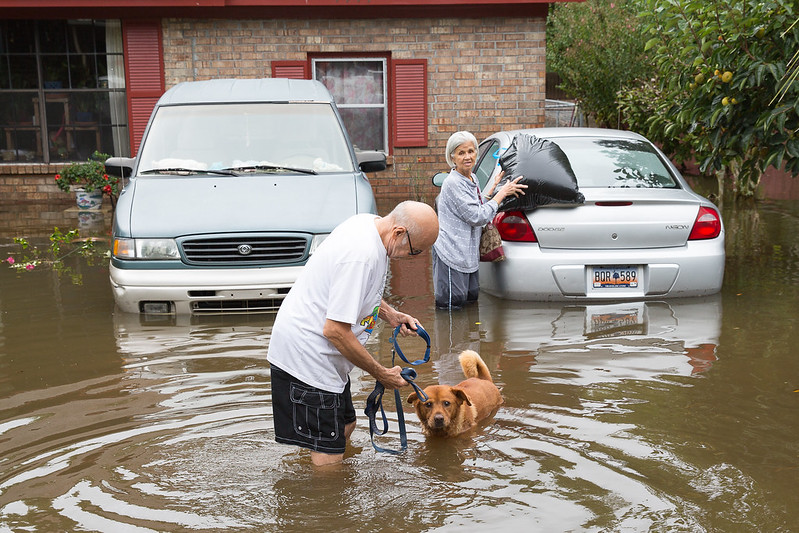Excerpt:
Charleston, S.C., is weary from a parade of floods that go back a decade. The city is taking action to confront the risk, but Debby offered more proof of how tall a task it faces.
When Tropical Storm Debby’s floodwaters surrounded Damon Black’s home in the heart of this flood-prone city, he and his family were ready. They pulled up rugs and moved furniture upstairs, because in little over a year of living there, they had endured five floods.
Debby is just the latest in a series of slow-moving, drenching storms that are threatening communities like this one, already vulnerable to hurricanes and even sunny-day floods and now facing the storms of a changing climate.
Warmer global temperatures mean heavier downpours such as this one, which had dumped more than a foot of rain on parts of coastal South Carolina by Tuesday afternoon, with more rain expected. Flood risks are rising as sea levels surge, too. Here and across the American South, water is rising faster than almost anywhere else on Earth, according to a Washington Post analysis.
Though Charleston hasn’t had a direct hit from a hurricane since Hugo in 1989, it is weary from a parade of floods that go back a decade. Before Debby and that freak December nor’easter, there were so many other tropical rains: Florence in 2018; Irma in 2017; Matthew in 2016; and the remnants of Joaquin in 2015.
The city is taking action to confront the risk, working to build tunnels and pump stations; raise the Battery, its sea wall whose history goes back to the 18th century; and one day perhaps construct some kind of barrier to protect its harbor from storms’ surging waters. As it endured the first part of its latest test mostly unscathed, with more rain ahead, Debby offered more proof of how tall a task it faces to protect people, homes and businesses from the next flood.
“It’s no longer a question of if these storms can happen; we’ve seen them happen now again and again and again,” said Jessica Whitehead, a Charleston native and executive director of the Institute for Coastal Adaptation and Resilience at Old Dominion University. “There’s only so much you can do to plan for 20 inches of rain in a single storm, and beyond that, it’s emergency management…”









